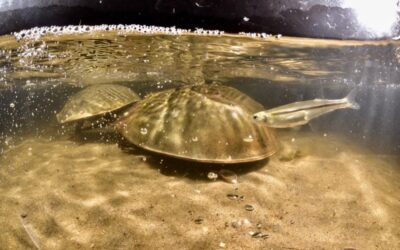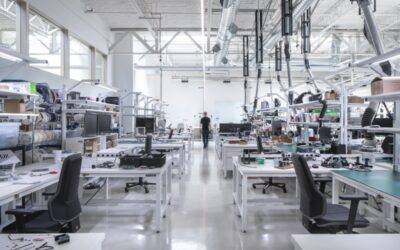
Introduction
The biomedical industry heavily relies on the unique properties of horseshoe crab blood, specifically Limulus Amebocyte Lysate (LAL), for critical endotoxin testing. As demand for LAL continues to grow, it is paramount to adopt sustainable harvesting practices that ensure the long-term viability of horseshoe crab populations. This blog post delves into the sophisticated methodologies and regulatory frameworks that guide ethical blood collection, aiming to meet scientific needs without compromising ecological integrity.
The Critical Role of Sustainable Harvesting
In the realm of biomedical science, the ethical collection of horseshoe crab blood is not only a regulatory requirement but a moral imperative. Overharvesting threatens the stability of horseshoe crab populations, which in turn affects the broader ecosystem, including species like the red knot shorebird, which depends on horseshoe crab eggs during migration. Therefore, implementing and adhering to sustainable harvesting practices is essential for balancing industry needs with environmental stewardship.
Advanced Ethical Harvesting Techniques
- Optimizing Blood Extraction ProceduresThe process of collecting horseshoe crab blood involves capturing the crabs, extracting a portion of their blood, and then releasing them back into their habitats. To mitigate adverse effects, advanced handling protocols have been developed. These include maintaining optimal conditions during transportation and bleeding, using minimally invasive techniques, and ensuring rapid return to the natural environment. Recent studies indicate that such improvements can significantly reduce mortality rates and enhance recovery post-harvesting (Smithsonian Magazine) (USGS).
- Regulatory Oversight and Best PracticesRegulatory bodies such as the Atlantic States Marine Fisheries Commission (ASMFC) and the U.S. Food and Drug Administration (FDA) set stringent guidelines to regulate the harvesting of horseshoe crabs. These regulations encompass quota systems, population monitoring, and compliance with the U.S. Pharmacopeia (USP) standards for LAL production. Continuous oversight ensures that harvesting practices are sustainable and that biomedical companies adhere to the highest ethical standards (Smithsonian Magazine) (Dauphin Island Sea Lab).
- Conservation Initiatives and Scientific CollaborationConservation programs play a pivotal role in supporting sustainable harvesting practices. Tagging and monitoring programs, often conducted in collaboration with scientific institutions, provide crucial data on the survival, migration, and spawning behaviors of horseshoe crabs. This data is essential for assessing the long-term impact of bleeding on crab populations and refining harvesting methods. For example, the U.S. Geological Survey (USGS) has conducted extensive studies to evaluate the long-term effects of blood extraction on horseshoe crab survival and recapture rates, providing valuable insights into best practices (USGS) (USGS).
Sustainable Alternatives and Future Directions
In response to conservation concerns, there has been significant progress in developing synthetic alternatives to LAL. Recombinant Factor C (rFC) is a prime example, mimicking the endotoxin-detecting properties of LAL without relying on horseshoe crab blood. The adoption of rFC could potentially reduce the need for blood harvesting, aligning biomedical testing with sustainability goals. Several biomedical firms are already producing rFC-based endotoxin tests, demonstrating comparable efficacy to traditional LAL tests (Smithsonian Magazine) (Dauphin Island Sea Lab).
Conclusion
As stewards of both scientific progress and environmental conservation, it is incumbent upon us in the biomedical industry to adopt and promote sustainable harvesting practices for horseshoe crabs. By optimizing blood extraction techniques, adhering to stringent regulatory standards, and embracing innovative alternatives like recombinant Factor C, we can ensure the continued availability of vital biomedical resources while safeguarding the future of horseshoe crab populations.


